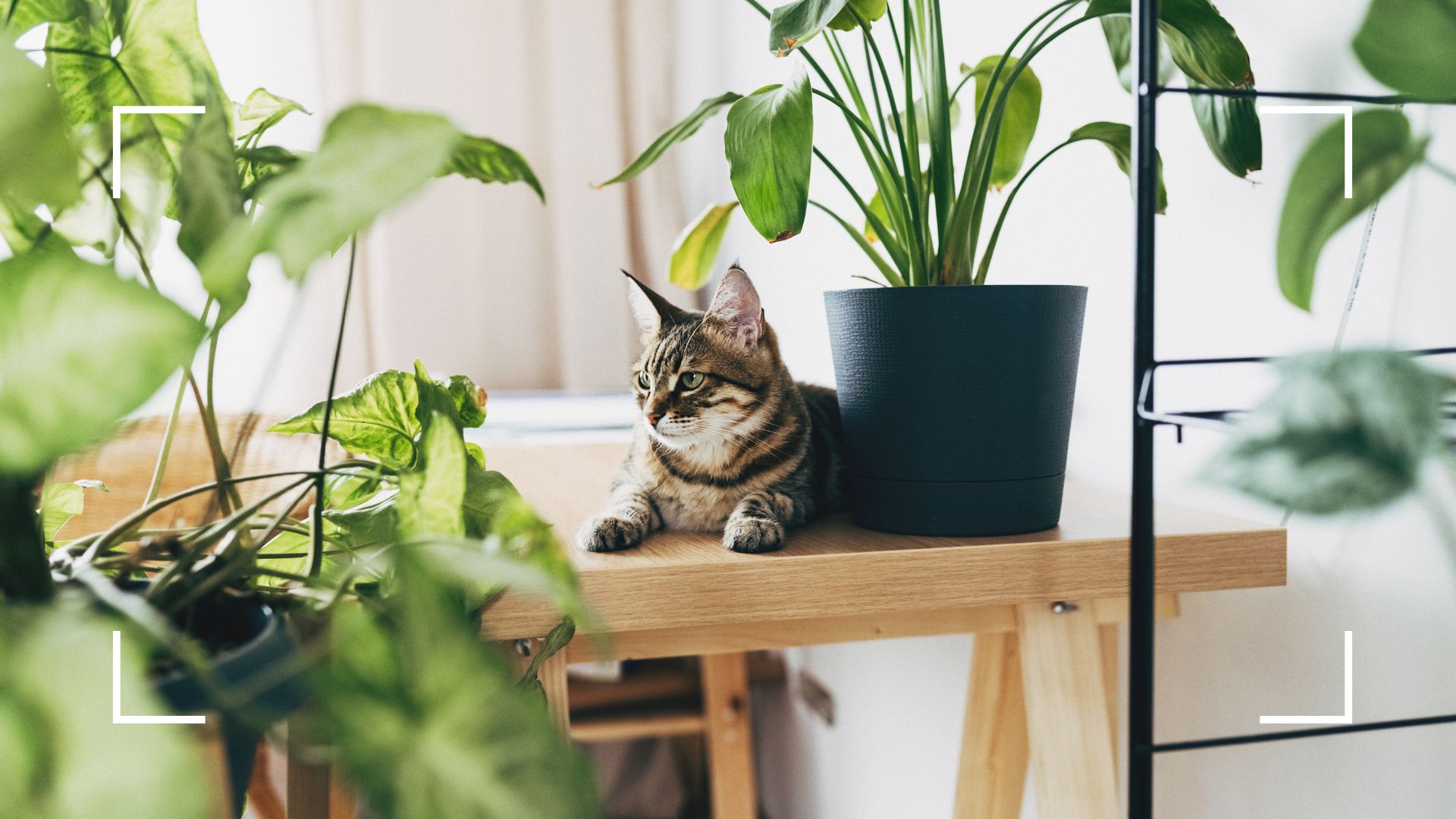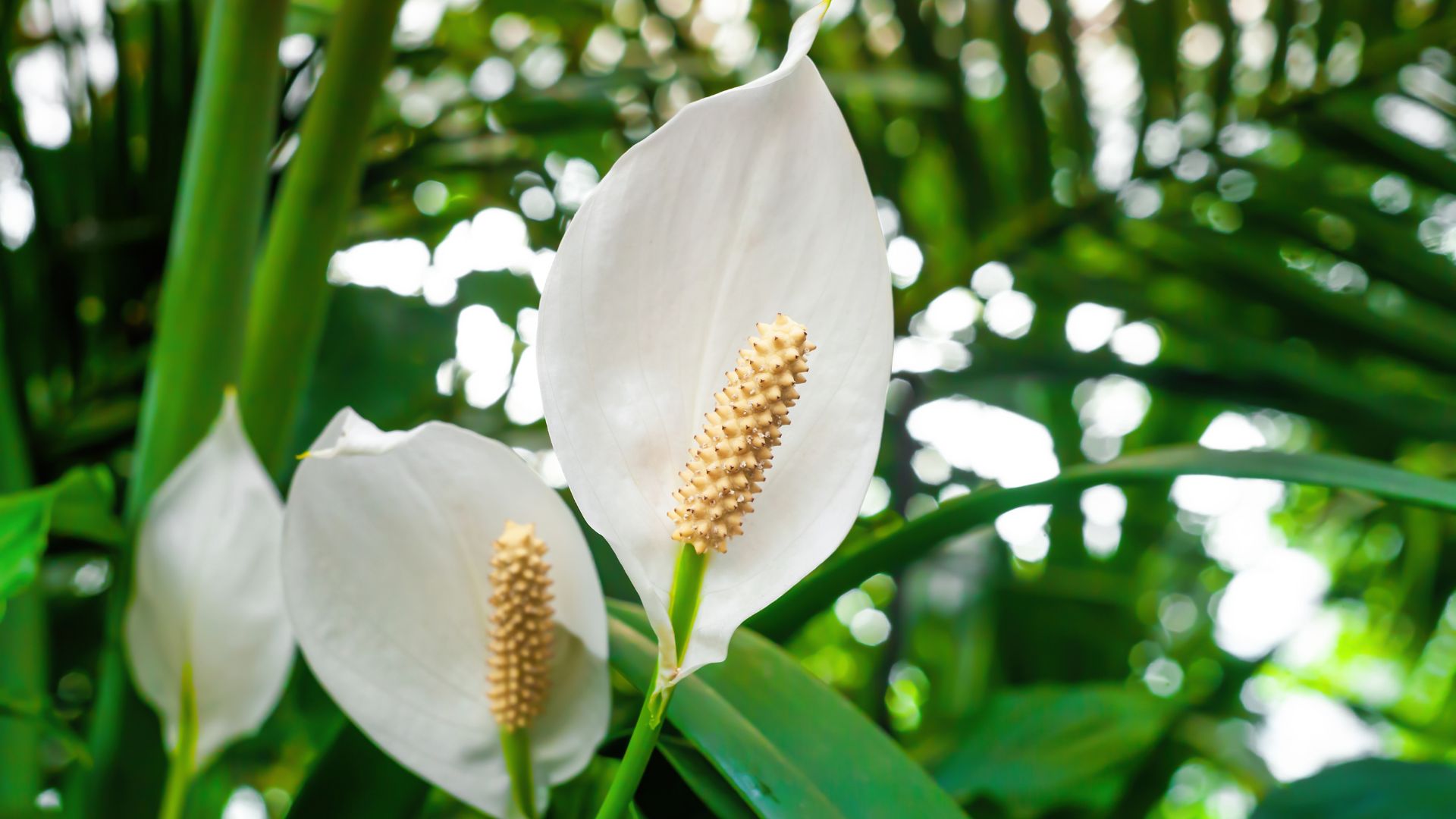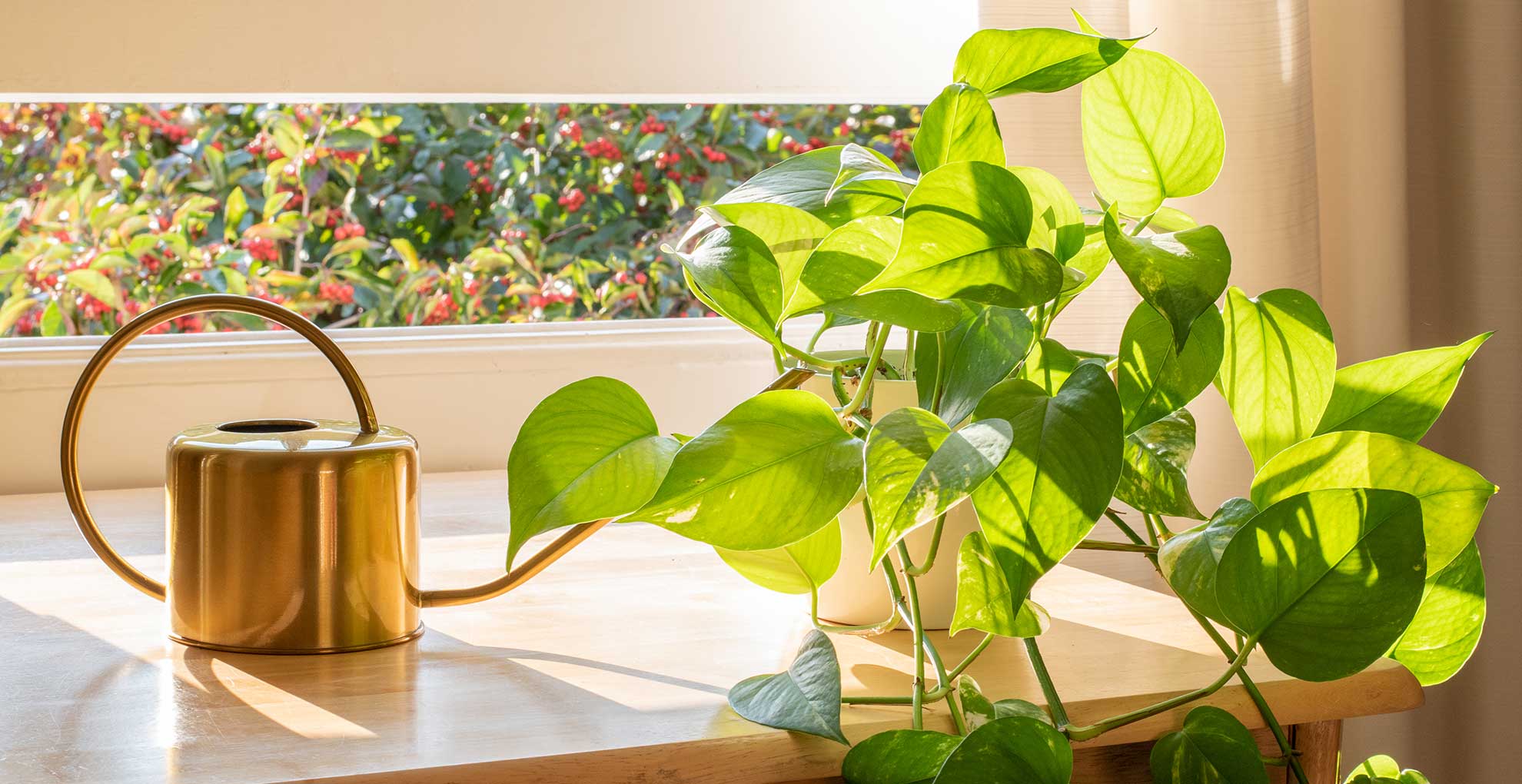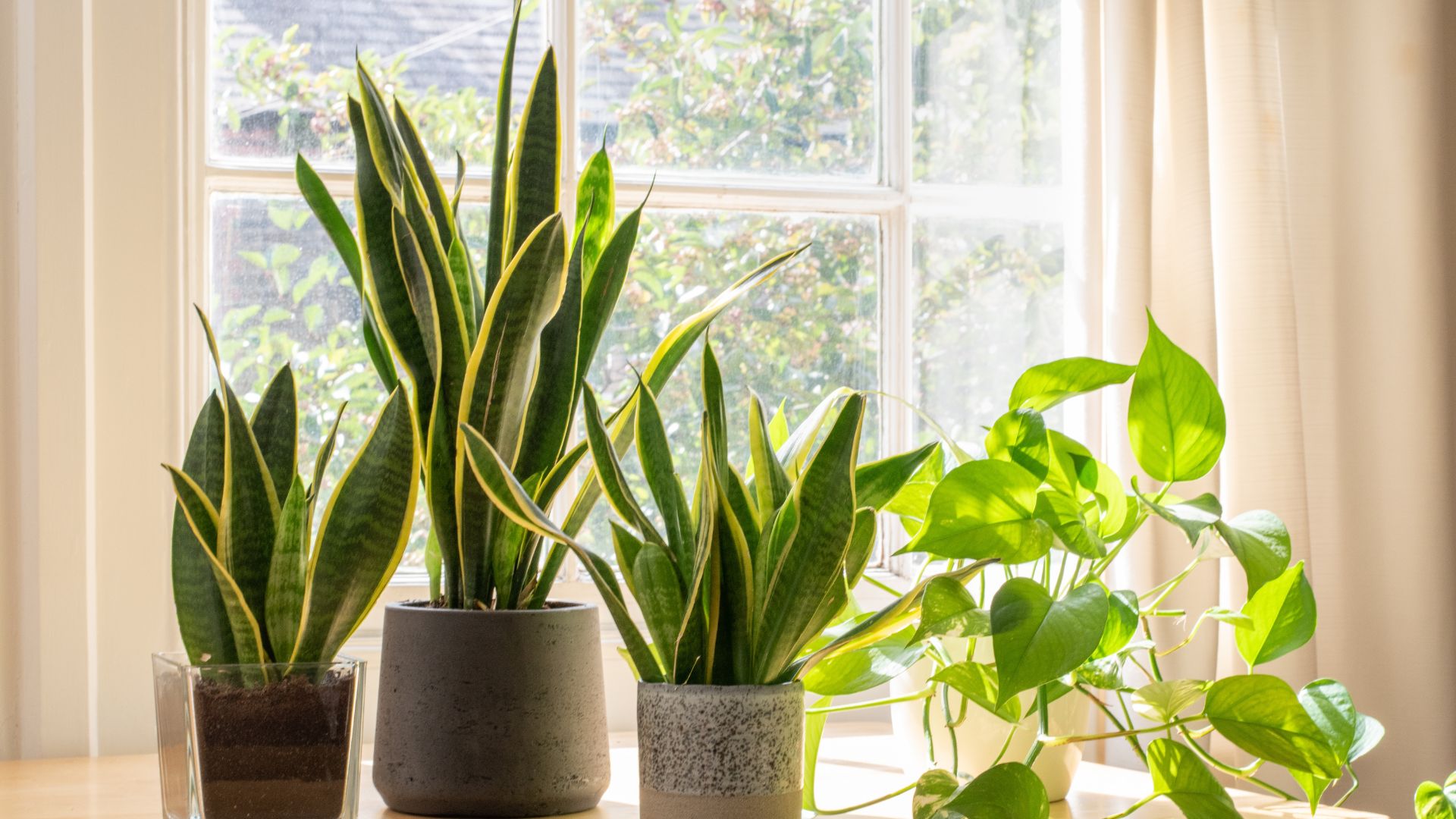What houseplants are toxic to cats? Plant experts warn of 5 species that cat owners should avoid
These are the five houseplants that are toxic to your feline friends and should be avoided in any pet-friendly home


Catproofing your home can feel like an impossible task, especially when you're also a proud plant parent. Aside from scratched leaves and knocked-over pots, plants and cats can be extremely incompatible, with some plant species being incredibly toxic to our feline friends.
Want to fill your home with the best fragrant plants to make your house smell good? Unfortunately, many of the most popular plant species are deathly toxic to cats and need to be kept well out of the reach of any curious paws.
We spoke to horticultural experts to identify the houseplants that are toxic to cats to be sure of the plants you should avoid owning if you have cats – and the reasons behind why.
5 common houseplants that are toxic to cats
When it comes to keeping our homes safe for our cats, our plant collections might have just slipped our minds. However, many species of houseplants are incredibly poisonous to our little whiskered friends and could be fatal should they inject any part of them.
We spoke to plant experts about what species are particularly toxic and here are some of the most dangerous plants for cats that should be avoided.
1. Peace lily

Forget worrying about the tips turning brown on a peace lily because unfortunately one of the most common houseplants, the peace lily, is one of the most toxic plants to cats.
Speaking to professional gardener and BBC Gardener's World host Mark Lane, he is quick to point out just how toxic these plants are.
Sign up to our free daily email for the latest royal and entertainment news, interesting opinion, expert advice on styling and beauty trends, and no-nonsense guides to the health and wellness questions you want answered.
He says, "It should also be remembered that although peace lilies do not belong to the Lilium family, which is highly toxic to cats and dogs, they are still harmful to pets."
The reasoning for their toxicity is that the plants are covered in microscopic needles which are extremely painful for animals when ingested. Mark says, "Every part of the plant contains nanoscopic needle-like crystals known as insoluble oxalates."
Should you want to hold on to your peace lily then there we'd recommend investing in a plant stand that will keep any leaves out of paws reach. This steel plant stand from Amazon for £20.89 is highly recommended and stands at 58 cm tall, perfect for keeping your plants and cats safe. an elevated pot is extra handy when you face the common problem of your peace lily leaves drooping.

Not only is Mark a presenter on BBC's Gardeners World he is also an accredited gardening expert at stairlift and homelift company Stannah. Mark also runs his own gardening business when not providing useful tips and tricks for blossoming green thumbs.
2. Philodendron

Philodendrons are a perfect leafy plant to brighten up your home and are one of the top plants to boost your mood this winter. However, they're a huge threat to cats and other pets, similar to peace lilies their leaves are where the danger lies.
"Similar to the Peace Lily, Philodendrons contain calcium oxalate crystals that, when chewed or ingested, cause oral irritation. Cats may experience excessive drooling, vomiting, and difficulty swallowing and in rare cases, severe swelling can occur," explains Nadezhda Yaneva, gardening and plant expert at Fantastic Gardeners.
3. Dumb canes

Another plant that features toxic calcium oxalate crystals, dumb canes also known as Dieffenbachia, are extremely poisonous to cats when their leaves or stems are ingested.
Whilst your dumb canes plant may be bringing positive energy into your home, their leaves are a little too enticing for small paws and teeth. "When chewed, these crystals cause intense burning and swelling of the mouth and tongue, leading to difficulty breathing and swallowing. Ingestion should be taken seriously due to potential respiratory distress," says Nadezhda.
4. Pothos

You might've picked up a pothos plant as it's one of the easiest houseplants to keep alive, however, if you have a feline friend then you might want to place it up high or get rid of it altogether.
Nicknamed 'Devil's Ivy' maybe all the signs are there to warn cat owners away from this plant. As with the other plants in this list, pothos have calcium oxalate crystals which when ingested cause oral irritation, drooling, vomiting and difficulty swallowing for cats.
If you want an easy way to update your home for spring then it's best to opt for an artificial plant or perhaps a safer species.
5. Snake plant

As one of the best plants that help with condensation in any room, snake plants are a brilliant addition to any bathroom or a particularly moist room. And yet the plants are extremely toxic to cats and other pets.
Unlike the other plants, snake plants contain saponins which are a little less dangerous to cats however will still cause a considerable amount of discomfort if the plant is ingested. Nadezhda says, "While typically not life-threatening, these symptoms can cause discomfort and dehydration in cats, so it is better to keep this plant away from your pet."
FAQ
What is the most toxic plant to cats?
Despite there being numerous plant species that are a varying degree of danger to cats, it is the peace lily that poses the worst threat. Speaking to the central veterinary officer for Cats Protection, Sarah Elliott stresses how extremely poisonous peace lilies are to cats in particular.
"Lilies are the most dangerous plant for cats and one of the common toxicities that is presented to vets. And yet less than half of UK cat owners (47%) are aware that lilies are toxic to cats," she says.
There is no way to reduce the threat of the peace lily, even removing the stamen and pollen won't help which is a common misconception. Sarah explains how the entirety of the plant is toxic, and that includes the leaves, stems and petals.
How likely are cats to eat poisonous plants?
Although cats are known for being curious, destructive creatures at times, are the chances of them eating plants enough for us to worry about? Sarah says that cats will more likely than not nibble at plants if they're at the right height for them to reach, dangling leaves in particular will encourage feline interest.
Sarah also warns that cats may drink the water that plants are stood in or within which cut flowers stand, they may also ingest any pollen that has rubbed against their fur when grooming. This is why choosing safe locations for any plants you're caring for is an important first step to keeping your cats safe, high shelves and hanging baskets are particularly useful for this.
Should you be starting your journey figuring out how to be a plant parent for both outdoor and indoor plants, you've probably been completely unaware of the danger that these species pose. So much so you might be looking at your peace lily right now with a look of horror.
Whilst it's not extremely common for your cats to eat plants, if you ever find that your cat has ingested any part of a toxic plant, or any plant in general then Mark suggests either yoghurt or lactose-free milk as a way to alleviate any symptoms. However in any case you should always call your vet and ask for help immediately as the problem may be far worse than you realise.

Emily joined woman&home as a staff writer after finishing her MA in Magazine Journalism from City University in 2023. After writing various health and news content, she now specialises in lifestyle, covering unique cleaning hacks, gardening how-tos, and everything to help your houseplants thrive.